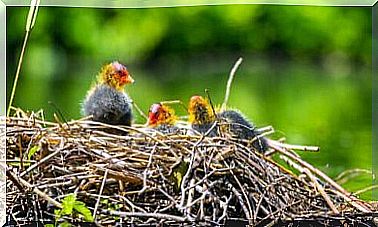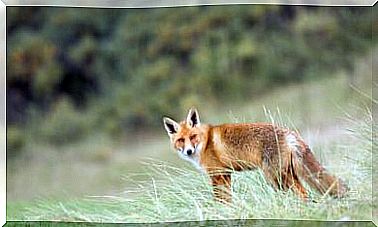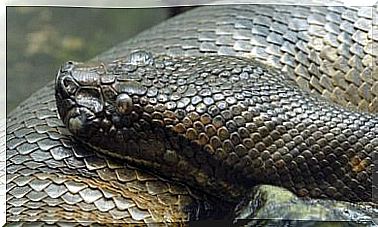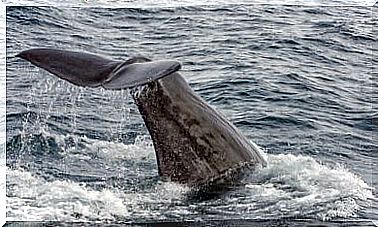What Is Aposematism?
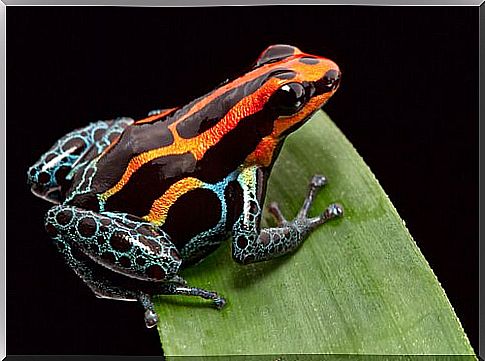
Aposmatism usually presents itself visually by the bright coloration of the animals. Usually, the brightest animals are those with the most lethal venomous glands. Another form of aposematism is through the emission of sounds, such as the audible warning of rattlesnakes.
The word aposematism is composed of two Greek roots: ‘apo’, which means far or distant, and ‘sema’, which means sign.
Therefore, aposematism is the opposite of the camouflage and attraction techniques of certain species.
How aposematism works in animals
Aposmatism in animals is almost always defensive: it warns predators that they are facing a dangerous animal.
For these warning signals to be effective, the attacker must have prior knowledge of the visual or audible signal that the possible poisonous prey emits.
This knowledge can be instinctual. That is, an inherited or preventative reaction; learned from previous bad experience.
Aposmatism is an extremely effective defense mechanism, as the animal that has these characteristics does not need to develop another type of action or strategy.
It just sends out the warning signals, without the need to waste energy. For this reason, animals with aposematism are free from predators, although there are exceptions such as adapted species that are immune to certain types of poisons.
Some non-poisonous animals adopt the appearance of animals with aposematism. This is known as mimicry, and it is another type of defense mechanism.
In this way, they make predators believe they are dangerous animals because of their bright color, but in reality they are harmless.
A good example of this are fake coral snakes, which share the same colors as real snakes, but in a different order.
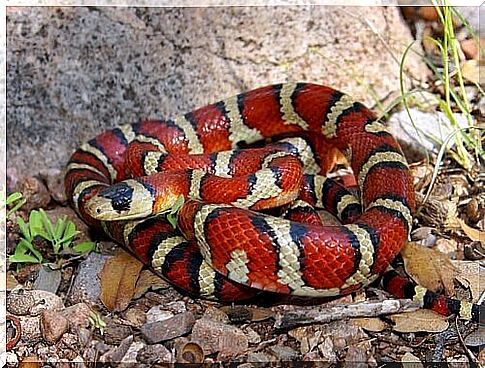
Aposmatism is also present in some plants, although it is a rare phenomenon.
Some plants that are relatively toxic, taste bad, or have thorns draw attention to alert consumers that they are inedible.
Some animals with aposematism
The most common and known species of aposematism are wasps and bees. They feature a pattern of clearly visible yellow and black colored rings.
They announce to all animals that they have a poisonous sting, which they don’t hesitate to use when they feel in danger or when their honeycomb is attacked.
Caterpillars also take advantage of their coloring to avoid being consumed by their natural predators.
For this reason, there is a wide variety of colors and shapes in all varieties of caterpillars. This is due to the presence of toxins that accumulate in your body, because they consume some plants with toxic substances or bad taste.

Venous dart frogs ( Dendrobatidae ) are other examples of animals with aposematism. They warn that they are poisonous through their striking and bright colorings.
They accumulate extremely poisonous substances throughout the skin. Its habitat extends throughout Central and South America.
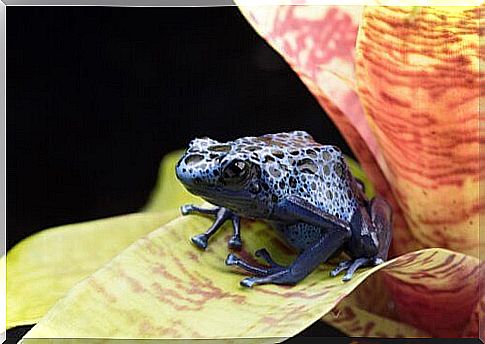
Coral snakes are another example of animals with aposematism. They are a group of snakes with colored rings and are extremely venomous.
The best known are those that have the following order of rings: red, black and white. They inhabit tropical regions, both in America, with 73 species, and Europe, with 16 species.
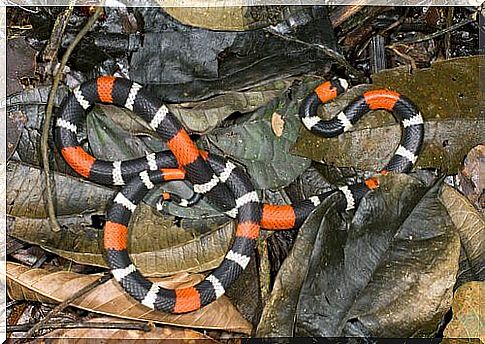
The lionfish ( Pterois antennata ), which lives in the Indian and Pacific oceans, is an animal with aposematism ; because it stands out for its striking red and white stripes, and for its curious and menacing appearance.
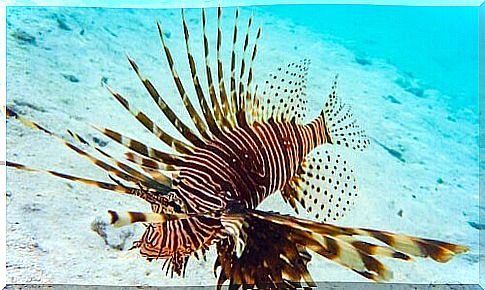
The spines that protrude from their dorsal fins have poisonous glands that contain a powerful venom capable of severely affecting large mammals.
